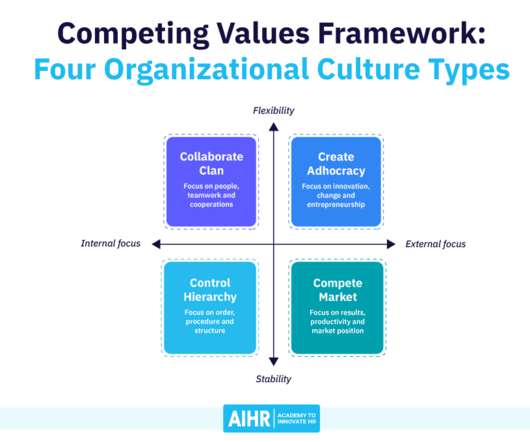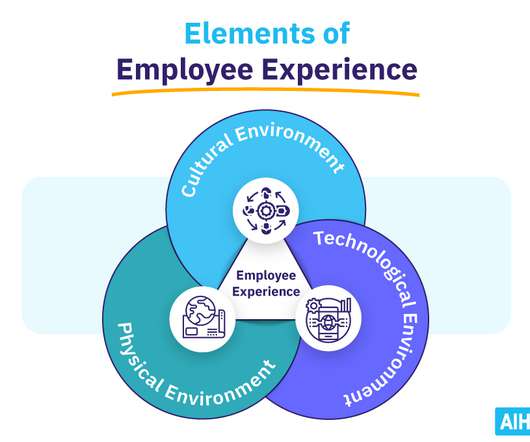How to Measure Culture Change: 8 Methods for Your Business
AIHR
MAY 30, 2022
Culture change is a big undertaking, which requires a lot of effort and big investments in terms of resources. For this reason, measuring culture change is necessary to know how your business is progressing and what impact the transformation has on your business. Contents What is culture change?



















Let's personalize your content